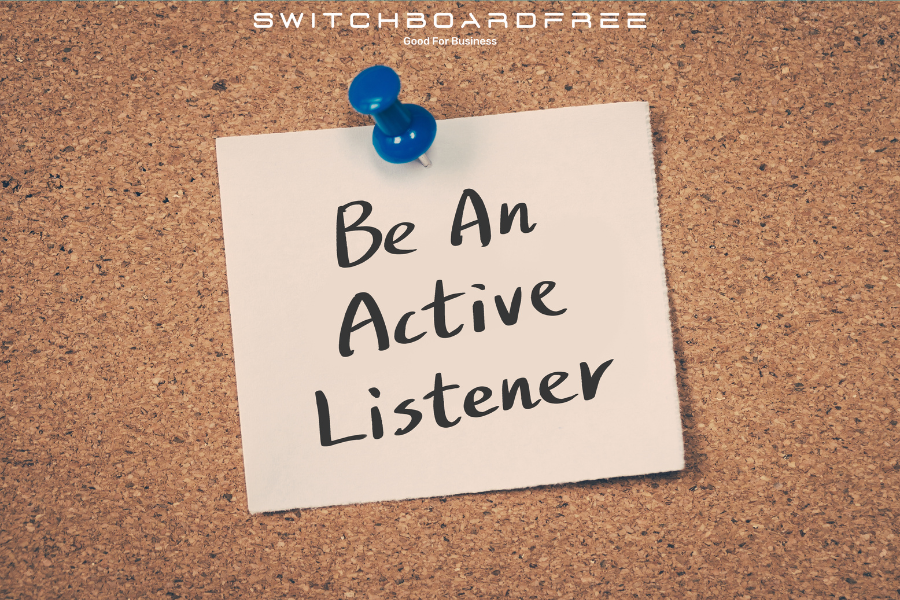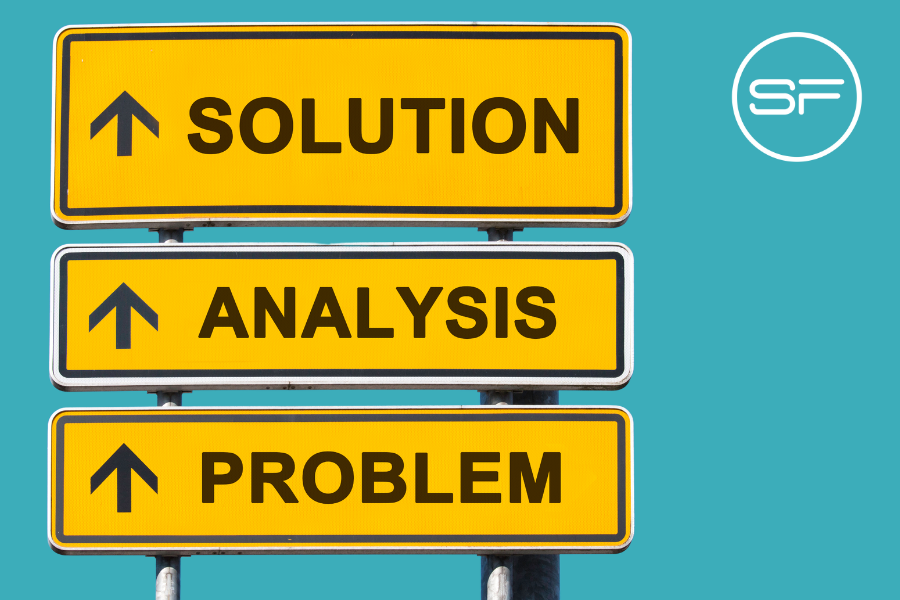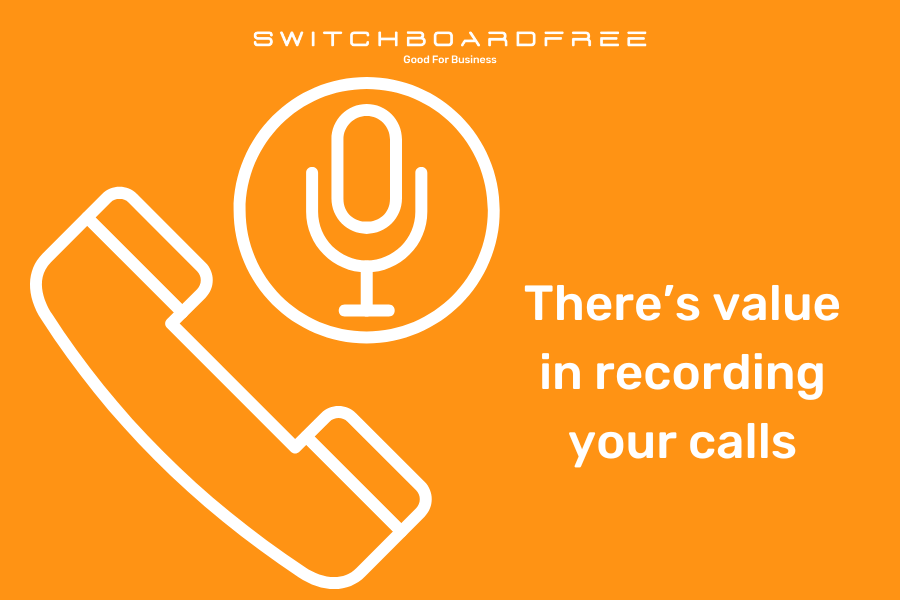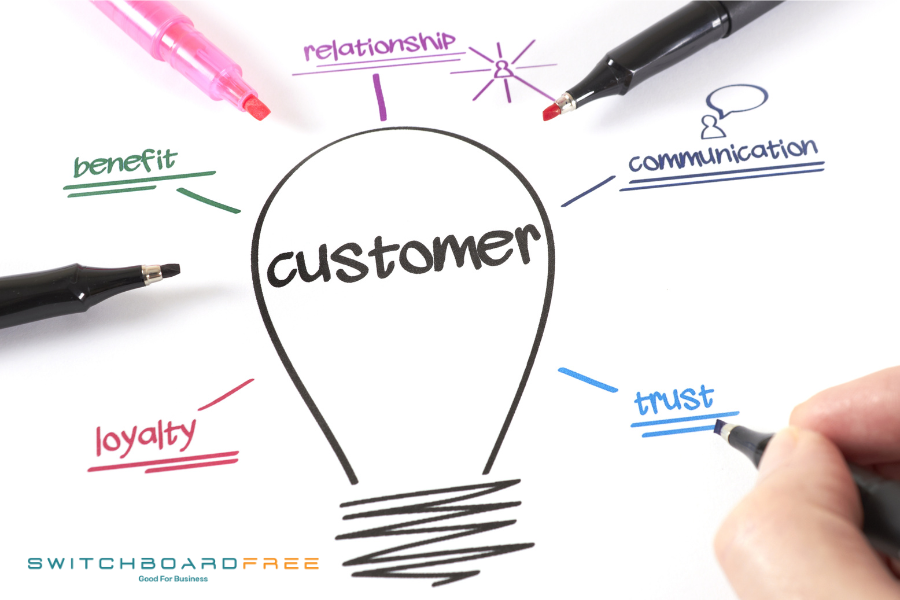How Do You Deal With Angry Customers?
How do you deal with angry customers? is a common question in business. And it’s pertinent because how you handle the situation can ruin your day and your brand’s reputation.
Let’s face it, we all get the heart-sinking feeling when we realise that the person on the other end of the phone, is not happy. You hear their sharp voice which cuts through you like daggers. The tension rises with every word. And of course, no matter how tightly you run your ship, encountering an angry client is as inevitable…as another particularly inevitable event!
There’s no doubt that after reading this guide to angry customer handling, you will have the confidence to take on any unpleasant call. Within mere minutes of saying “hello”, your customer will be thanking you as their tone changes from fury to gratitude. And by turning a potentially explosive situation into a peaceful resolution, your brand’s reputation for providing outstanding service to your customers will remain intact.

Understanding angry customers
There are various reasons why you could find yourself dealing with angry customers. They may have a product issue, billing problems, or an unexpected wait for a delivery. It’s important to understand that anger is subjective. This means that what makes your customer angry, might not make you angry. So always be sympathetic.
Develop active listening skills
It can be hard to remain professional and composed when someone is screaming down the phone at you. It’s important to stop to remind yourself that it’s not personal. They are angry at the situation and with the right skills, you will be able to make them feel better. One way to ensure a calm conversation is to demonstrate that you’re listening to their complaint. You can do this by,
- Summarising & restating the main points that your customer has told you. This reassures your customer that you have understood what’s been said. Doing this will make your caller feel that you value what they are saying which will encourage further communication.
- Clarify your understanding of what your unhappy customer has said. You can do this by asking questions or making statements. This will show that you are genuinely interested in their plight & perspective, thus promoting an open dialogue between you both.
- Acknowledging the feelings that your customer has by showing empathy. Validating your caller’s emotions will create a supportive environment & further strengthen the relationship between you.

Use de-escalation techniques
The most important thing when you deal with angry customers is to remain calm and professional. It’s perfectly natural to feel defensive or agitated. However, adding your anger to their rage will only fire the flames. As soon as you hear the frustration in your customer’s voice, take a deep breath. When it’s your turn to speak, do so in a calm and steady tone. Once you’re composed you can try to,
- Validate their concerns by saying such things as “I understand why you’re upset” or “I can see why that would be frustrating.” Empathising in this way will help diffuse their anger.
- Apologise for the inconvenience & be sincere. Even if it isn’t your fault, saying, “I’m sorry for the trouble this has caused you” is another way to offer empathy & restore trust.
- Pace your conversation to give your angry customer the time to express their grievances. This will also allow you time to fully understand the problem.
- Avoid interrupting your customer mid-flow. If you feel you need to say something, make a note of it & wait until your caller has finished venting. Any interruptions could further fuel your customer’s anger. Whereas waiting for your turn to speak will show the respect you have for your customer.
Employ problem-solving strategies
If you can remain calm then the way you handle angry customers becomes easier, as you can think straight. Once you have understood your customer’s problem and its root cause, you can further put them at ease by offering them a solution.
- Brainstorm feasible ideas that will satisfactorily address your caller’s issues. But make sure you keep in mind the resources at your disposal, & potential constraints. At this point, it’s not about finding the perfect resolution-it’s about finding the one that works for your business & your customer.
- Be clear in your communication, making sure you are thorough in your explanations. Be transparent & honest, & avoid using jargon or terminology that may confuse & further upset your angry customer.
- Set realistic expectations to prevent additional frustrations. If you are honest about what your customer can expect & can be upfront about potential delays or complications, you will avoid your caller becoming disappointed or making additional complaints further down the line.
- Always follow through & follow up after agreeing on how to solve your customer’s problem. Implement what you’ve promised & keep your customer up to date along the way, ensuring you address any concerns they may have ASAP. This will show your customer your commitment to finding a resolution. Thus reinforcing trust & leaving your customer feeling valued & respected.

Go the extra mile
After expressing appreciation for your caller bringing their issue to your attention and for their patience and understanding in getting it resolved, do something to exceed their expectations. This will leave them pleasantly surprised. It will cement their trust in you and your business. They will be more likely to return to you in the future. Going the extra mile could look like a discount on their next purchase, free delivery, a free upgrade or a free added service.
Get value from managing angry customers
If you ended a call with your customer on the promise you would investigate further and find a solution, then replaying the call recording will aid you in this.
- Remain objective when you listen back to the call recording. Ignore any he said, she said, and calmly focus on the issue without bringing in emotion. Then you will become more clear on the issue.
- Review all the main points that your caller made to ensure that you fully understand your customer’s complaints & any nuances they may have.
- Listen out for your own responses to your caller’s problems to identify any moments that triggered a reaction in you. In finding these instances you can better manage your approach next time.
Having understood the answer to the question, how do you deal with angry customers? and navigated yourself through to a successful resolution with an angry customer, you can use the recording in a way that benefits you, your team and your customers.
- Coach & train by using recordings for role-playing exercises, or identifying any areas of the conversation that warranted improvement in customer communication & problem-solving skills.
- Identify trends by analyzing common themes within your angry caller conversation. You can identify areas in your business that may need improvement & find & implement solutions to common issues.
- Provide evidence with your call recording if it’s needed in escalated customer complaints or legal disputes.

The final thought on How do you deal with angry customers?
Mastering the art of handling angry customers on the telephone is about more than just resolving conflicts. It’s about building customer relationships based on trust, empathy, and effective communication. To create strong foundations it’s important to remain calm and adopt a professional tone. Ensure you validate your customer’s concerns and feelings, set realistic expectations and proactively solve problems to avoid future complaints.
When you approach all customer interactions with a sense of empathy, patience, with the desire to go above and beyond, you can mould a frustrated customer into a satisfied customer. In turn, they will become a loyal advocate for your company.
Just skipped to the end? No problem! Here’s a handy checklist of do’s and don’ts that answer the question, how do you deal with angry customers?
Do
- Actively listen & empathise with your customer’s concerns.
- Remain calm & professional, even in the face of hostility.
- Offer sincere apologies for any inconvenience the problem has caused them.
- Give solutions with alternatives, all of which resolve the problem & appease both you & your customer.
- Thank your customer for their patience, go above & beyond & follow up to ensure satisfaction.
Don’t
- Don’t allow yourself to take the customer’s anger personally.
- Avoid interrupting or arguing with the customer to further anger them.
- When finding solutions, never make outlandish promises that you can’t keep or make commitments you cannot fulfil.
- Never ignore your customer’s issues, invalidate their feelings or diminish or dismiss their concerns.
- Make sure not to forget to make time for self-care amidst the stress of angry customer interactions.
If you follow these principles whilst being positive and honest, you can turn the most challenging phone calls into opportunities for growth and improvement for your business and yourself. So always remember that every angry customer is a potential advocate for your business, just waiting to be won over.

Lastly, something we don’t promote enough – prioritising and practising self-care. Working in customer service can be emotionally draining, so remember to take breaks. Use any mindfulness techniques that work for you, and find support when you need it. By putting your own well-being first, you’ll be better equipped to deal with an unhappy customer. You’ll be able to offer the best possible service and solution.